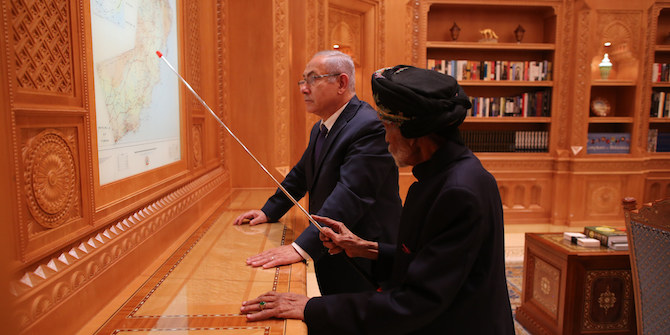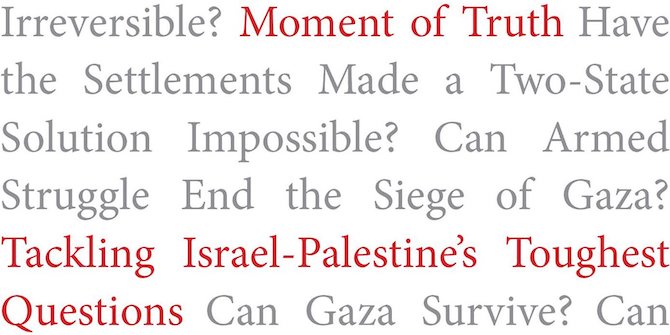by Marc Martorell Junyent
For the first time, groundbreaking French Iranologist Yann Richard’s history of Iran since the Qajar period has been published in English. In this remarkable book, Richard provides us with a comprehensive and coherent account of more than two centuries of Iranian history built upon a single narrative.
Yann Richard, Professor Emeritus at the Université de la Sorbonne Nouvelle–Paris III, has dedicated his academic career to the study of Iran, Shi’ism and Persian Literature. Now, for the first time and thanks to the efforts of Dutch Iranologist Willem Floor in the translation and adaptation of the French version of this book, Yann Richard’s scholarship is accessible to English readers. In his Iran: A Social and Political History since the Qajars, Richard covers the period of Iranian history stretching from the advent of the Qajar dynasty at the end of the eighteenth century to the presidency of Hassan Rouhani. The timespan Yann Richard explores in his book is thus far shorter than Abbas Amanat’s Iran: A Modern History, another recent and important contribution to the field of Iranian studies that covers the last five centuries of the country’s history.
The French scholar pays considerable attention to the role of Iranian intellectuals – thinkers such as Jamal ad-Din al-Afghani and Ali Shariati – in shaping their country’s fate. The foreign relations of Iran, marked by the Great Game between Russia and Great Britain for influence in central Asia in the nineteenth century and later on deeply influenced by the tensions with the United States, are also covered in detail in the book.
Richard describes Iran’s nineteenth century as being defined by frequent conflict with the Ottomans and Russia – considerable swathes of Persian territory ended up in Moscow’s hands – and stalled internal reforms. Shah Abbas Mirza, as well as successive grand viziers Amir Kabir and Mirza Hoseyn Khan, tried to implement reform projects. However, they faced the vested interests of feudal lords and the ulama – the religious elite. The encroachment upon Persia by Tsarist Russia and the United Kingdom further hindered the realisation of meaningful change. In the last decades of the nineteenth century, numerous concessions were awarded to Russian and British companies to exploit Iran’s resources and develop its infrastructure.
Yann Richard writes that ‘on the eve of the twentieth century, the absolutism of the Qajars started to be contested openly’ (p.46). In this sense, the Constitutional Revolution period (1905–11), to which Richard devotes two chapters of his book (Chapters 4 and 5), was a major episode during which the extent of royal power was put under scrutiny. For the first time in history, Persia had a Parliament. Nevertheless, the liberalisation of the Persian political system many parliamentarians had pushed for never materialised. The reasons for this are to be found partly in the British and Russian intervention on the side of Persian reactionary forces. Also important, notes Richard, was the rift between the Shi’a clergy and the progressive intellectuals (p.105).
The French author remarks that the ‘aftershocks of the outbreak of the war in Europe in August 1914 were felt in even the most remote Iranian provinces’ (p.119). When the First World War was declared, Russia and Britain occupied Persia and used it as a base ‘to either repulse the Ottomans or to protect the Indian border’. Persia emerged from the war greatly weakened by famine, disease, local revolts and banditry. This chaotic situation also affected the army, with the only exception being the well-trained Persian Cossack Brigade, funded by the British after the collapse of Czarist Russia. The Brigade was commanded by Reza Khan, who was promoted to commander of the army following a coup sponsored by the British. The new prime minister, Seyyed Zia, fell prey to Reza Khan’s ambition, who would soon grow strong enough to depose the Qajars and crown himself as Reza Shah. Thus, the Pahlavi dynasty was born. Richard aptly describes the new Pahlavi monarch as someone ‘who feared the will of the nation and the various expressions of this will: the press, the intellectuals, and the Parliament (p.163).’ Reza Shah’s period in power was also marked by a new nationalist impulse. In 1935, he ordered foreign chancelleries to henceforth refer to Persia as Iran, the name Iranians had always used for their country.
The Second World War would shatter Iran once again. Suspecting that Reza Shah harboured German sympathies, the Russians and the British invaded Iran for the second time. Reza Shah was deposed and his son and successor, Mohammad-Reza Pahlavi, had to wait until 1953 to enjoy the same degree of discretionary power over Iranian affairs his father had once exercised. In 1951, Mohammad Mosaddeq was appointed prime minister of Iran. His struggle in favour of press freedom, free elections and the nationalisation of the oil industry set him against the Shah, Great Britain – who were exploiting Iran’s oil resources – and the United States, increasingly concerned about communist influence in Iran. These two countries conspired to topple Mosaddeq, something they achieved in August 1953 in cooperation with military forces loyal to the Shah and the popular Ayatollah Kashani. It is somewhat disappointing that Richard devotes only four pages to the 1953 coup against Mosaddeq (pp. 226–9), especially considering the event’s ongoing reverberations in Iranian political discourse.
The book, however, provides an in-depth account of Mohammad-Reza Pahlavi’s reign. Richard summarises Reza Pahlavi’s worldview thus: ‘Confident that he had been charged with a great mission, the Shah was also convinced that all means were permitted to make this clear to his adversaries (p. 237)’. The French scholar shines light on the reasons why both the Shah and the United States failed to grasp that revolutionary fervour was growing in Iran in the late 1970s. The Savak, the Iranian secret police created in 1957, kept Iranian political leaders in the dark about the negative feelings of the population towards the ruling elite. Savak officers did not dare to report negative news, and the United States relied on these inaccurate reports to monitor the situation in Iran. The last chapter of the book is dedicated to the post-revolutionary period in Iran. While the structure of this last part is a bit confusing from a chronological point of view, it contains interesting reflections around the concepts of ‘Islamic government’ and the ‘Islamic Republic’ (pp. 309–12). Richard concludes his work by signalling two long-term trends in Iran’s historical trajectory, namely the manipulation of religion – already observable during the period of the Constitutional Revolution – and the importance of historical narratives to legitimate power.
Richard has written a remarkable book. On the one hand, the Sorbonne professor provides us with a comprehensive and coherent account of more than two centuries of Iranian history built upon a single narrative. On the other hand, each chapter of the book is divided into sections that facilitate the consultation of specific events in the history of Iran. Iran: A Social and Political History since the Qajars will surely find its way to the bookshelves of those who want to better understand this ancient nation.







